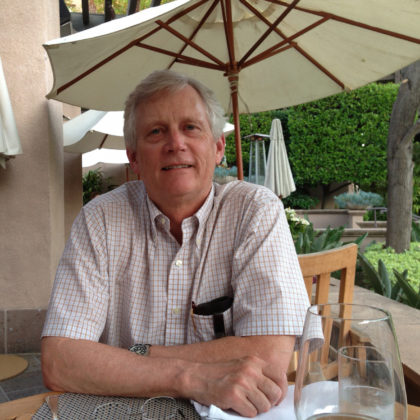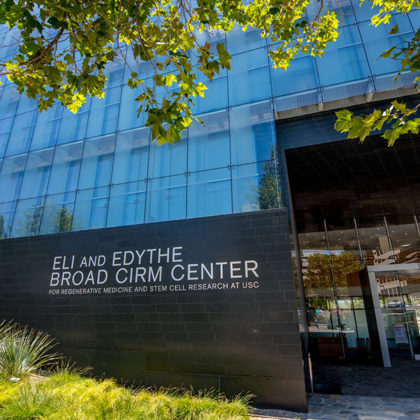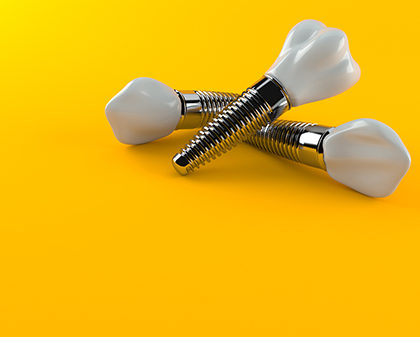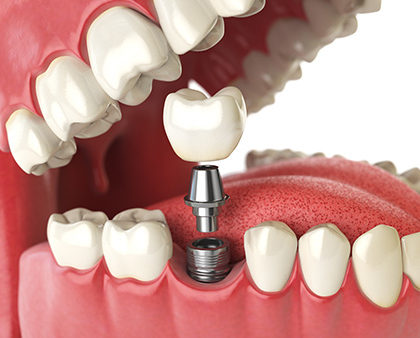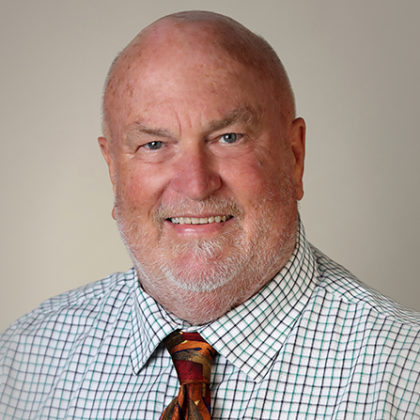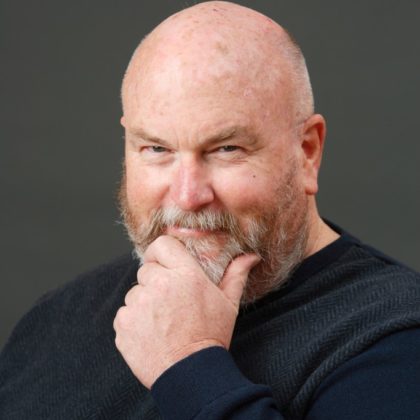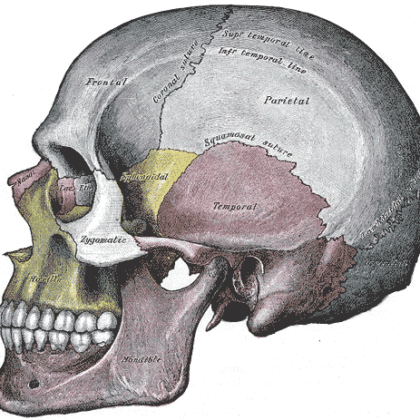Stories
USC celebrates Robert E. Maxson’s lifetime of achievement and adventure
USC Emeritus Professor Robert E. Maxson has an understated explanation for why he’s flown so many planes, sailed so many boats, skied so many mountains, played so many guitars, taken so many …
California’s biggest stem cell experiment: The impact of the stem cell ballot proposition at USC
In 2008, USC broke ground on an $80 million building dedicated solely to stem cell research and regenerative medicine. The plans called for a monolithic structure clad in black marble and reflective …
USC researchers tackle a growing problem: Dental implant disease
More than 3 million dental implants have been placed in the mouths of U.S. patients, and that number rises by 500,000 each year. While implants help many people restore their oral health, …
USC dental researchers developing special film that could revolutionize the way peri-implantitis treated
Three million people in the United States currently have dental implants, and every year that number increases by about 500,000. But, for some, getting a dental implant is not the end of …
From teeth the spines, growing bone in new ways
Bone is crucial. After blood, it’s the most frequently transplanted tissue, with 1.6 to 2 million bone transplants performed in the United States each year.
USC professor Malcolm Snead elected to AIMBE College of Fellows
Malcolm Snead, a professor at the Ostrow School of Dentistry of USC and a principal investigator with USC Stem Cell, has been elected to the American Institute for Medical and Biological Engineering …
Amplifying cell signals for potentially lower cost stem cell interventions
Editor’s Note: USC Stem Cell principal investigators Malcolm Snead and Yan Zhou were among the authors of “Supramolecular Nanofibers Enhance Growth Factor Signaling by Increasing Lipid Raft Mobility,” published on April 12, …
Researchers discover key player in enamel regeneration
USC researchers are closer than ever to being able to regrow enamel, thanks in part to a recent scientific discovery published in the latest issue of the journal Biomaterials. In the article, …
USC, UCLA and UCSF put their heads together to find stem cell-based cures for craniofacial defects
One in every 2,000 babies is born with a skull that can’t grow normally. Various sections of these babies’ skulls are fused together at joints called sutures, constricting the developing brain and …

